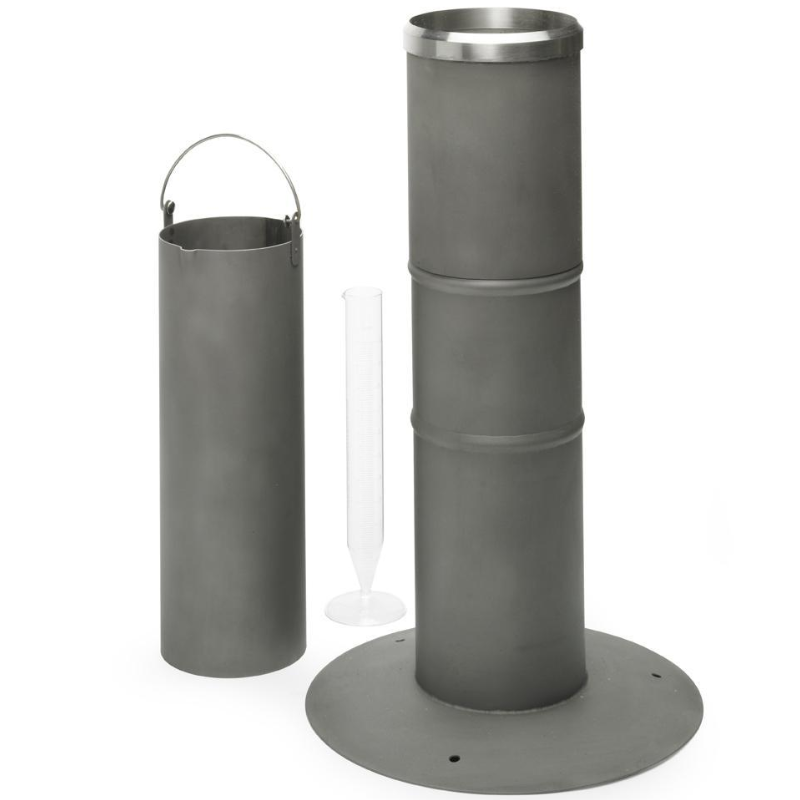Rainfall measurement is an essential aspect of meteorology, agriculture, hydrology, and environmental science. Understanding how much rain falls in a specific area can have wide-ranging implications, from influencing crop yields to informing flood warnings. But how do professionals measure rain with precision? In this article, we’ll explore the professional tools and methods used to measure rain accurately, as well as the importance of rainfall data in various fields.
Why Rainfall Data Matters
Rainfall data is crucial for making informed decisions in multiple sectors. Farmers rely on rainfall measurements to plan their irrigation schedules, urban planners use this data to design effective drainage systems, and meteorologists track rain to predict weather patterns. Measuring rain is not just about knowing how wet it is outside; it’s about gathering data that informs everything from agriculture to disaster management.
Applications of Rainfall Data in Various Sectors
Different industries depend on accurate rainfall data. For instance:
Agriculture: Farmers monitor rain to prevent crop damage due to drought or waterlogging.
Water Resource Management: Cities and municipalities use rainfall data to manage water supply and avoid flooding.
Hydrology: Scientists track rain for flood forecasting and watershed management.
Climate Studies: Long-term rainfall data helps climatologists study weather patterns and changes due to global warming.
Common Rain Measurement Techniques
Manual Rain Gauges
Manual rain gauges have been the traditional method of measuring rain for centuries. They’re simple yet effective, especially in non-digital environments.
Standard Rain Gauge
The standard rain gauge is a cylindrical container placed in open air to collect rain. This gauge measures the amount of rainfall in millimeters or inches by observing the water level.
Tipping Bucket Rain Gauge
A tipping bucket rain gauge is an automatic device that tips and measures rainfall as water fills up the buckets. It’s commonly used in professional weather stations due to its accuracy and reliability.
How to Measure Rainfall Accurately
Choosing the Right Location
The accuracy of rainfall measurement starts with selecting an appropriate location .
Avoiding Obstructions
Ensure that the rain gauge is placed in an open area, free from obstructions like trees or buildings that can block rainfall or cause splash-back, affecting accuracy.
Proper Height and Installation
Install the rain gauge at the correct height, typically around 1.5 meters (5 feet) above ground level, to avoid interference from ground splash or debris.
Reading the Measurements
Once the rain has fallen, it’s essential to read the measurements accurately.
Manual Gauge Reading Techniques
For manual gauges, you’ll need to record the amount of water collected and convert it to a standard unit like millimeters or inches.
Interpreting Digital Rain Gauge Data
For digital rain gauges, the data is usually displayed on a screen, showing cumulative rainfall over a specific period.
Weather Stations for Professional Use
Professional weather stations are equipped with high-precision rain gauges, temperature sensors, and wind monitors, all working together to provide comprehensive weather data.
Factors Affecting Rainfall Measurement
Wind and Its Impact on Data
Strong winds can blow rain away from the gauge, leading to underestimations. Shielding the gauge or using advanced sensors can help mitigate this.
Temperature and Evaporation
In hot climates, evaporation can reduce the measured amount of rain, especially if there’s a delay in reading the gauge.
Calibration and Maintenance of Equipment
Regular calibration ensures that rain gauges remain accurate over time. Dust, insects, or debris can interfere with the readings, so periodic cleaning is essential.
How to Record and Analyze Rainfall Data
Manual Record-Keeping Methods
Keeping a log of daily rainfall data in a notebook or spreadsheet can help track weather trends over time.
Digital Rainfall Data Logging
Digital tools like data loggers or weather apps automatically store rainfall data, making it easy to analyze long-term trends.









